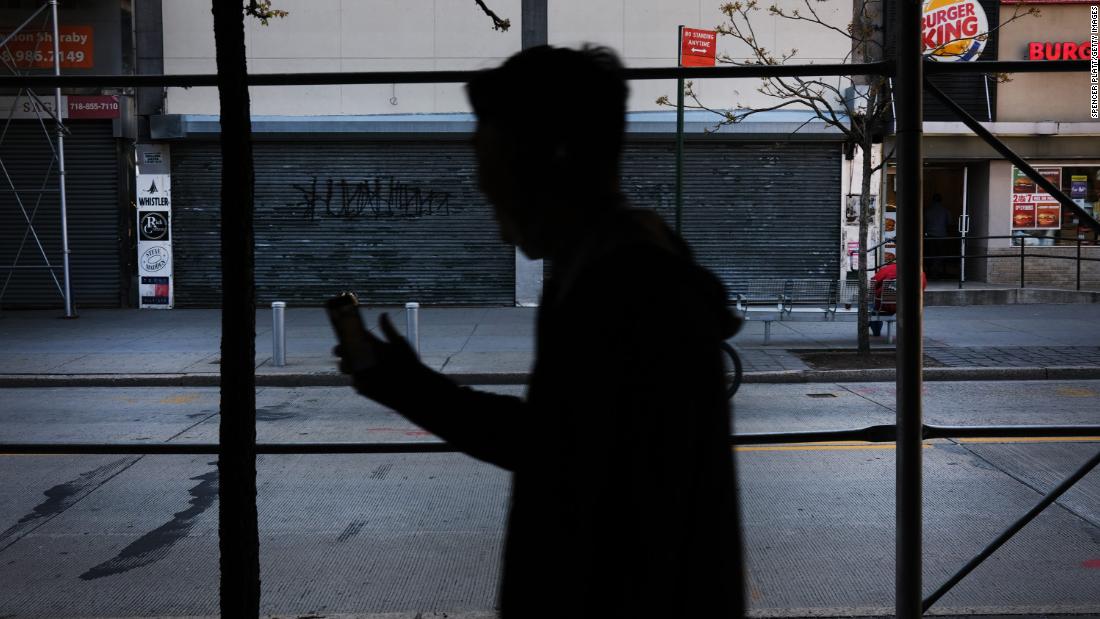The nation’s poverty rate rose to 11.4% last year, but the first two rounds of federal stimulus payments helped keep 11.7 million Americans out of poverty, according to Census Bureau data released this week.
The payments, a key part of the unprecedented federal response to the economic havoc caused by the coronavirus pandemic, led to a decline from a supplemental poverty measure to 9.1% in 2020, the Census Bureau said.
Last year was the first time that the Supplemental Poverty Measure, which began in 2009, was lower than the official rate. This measure takes into account certain non-cash government aid, taxes and necessary expenses.
Without the stimulus payments, the alternative measure would have risen about 3.6 percentage points, the Census said. In 2019, the complementary rate was 11.8%.
The official poverty rate increased in 2020 from a record low of 10.5% a year earlier. It was the first increase in poverty after five years of decline. Some 37.2 million people were living in poverty in 2020, an increase of 3.3 million from the previous year.
Economic chaos
The pandemic disrupted the United States economy early last year, costing millions of Americans jobs as states forced non-essential businesses to close and people to stay home in an effort to stop the spread of the virus.
Although the situation has improved markedly since then, the economy still falls short of the 5 million jobs it had in February 2020.
Yet an unprecedented response from the federal government saved millions of people from the worst ravages of the economic recession.
Congress passed three major aid packages, sending $3,200 in stimulus payments in 2020 and 2021, expanding the unemployment benefit system, bolstering food stamps, and providing funds for low-income student families to purchase food, deferring student loan payments, imposing a moratorium on evictions, sending relief funds to state and local governments, and providing assistance to businesses.
The massive expansion of unemployment benefits lifted 5.5 million people out of poverty. Lawmakers last year expanded both the number of people eligible to receive unemployment payments and the generosity of benefits.
Median income decreased
Median household income fell to $ 67,500 last year, 2.9% less than in 2019, which was the highest since 1967, the first year records were kept, according to the Census Bureau. It was the first statistically significant decrease in median income since 2011.
The number of full-time employees on an annual contract decreased by approximately 13.7 million people, the largest year-over-year decline since the agency began collecting comparable data in 1967.
Food insecurity
Federal efforts to support people in distress managed to keep hunger at bay last year among Americans in general, according to a recent report from the United States Department of Agriculture.
Overall, the proportion of households facing food insecurity in 2020 remained the same as the previous year, at 10.5%, or 13.8 million households, according to the annual report.
However, food insecurity among families with children increased last year, despite the federal response. 14.8%, or 5.6 million households, were in this situation last year, compared to 13.6% in 2019.

